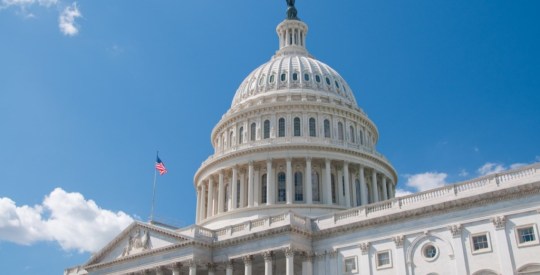A small pilot principal reduction program Fannie Mae killed in 2010 was not performing well enough for executives to expand, the mortgage giant claims.
Reps. Elijah Cummings, D-Md., and John Tierney, D-Mass., sent a letter to Federal Housing Finance Agency Acting Director Edward DeMarco on Feb. 8, raising concerns about analysis on principal reductions used to keep the GSEs from implementing such programs.
They also cited an unnamed former executive at Fannie who said a pilot program was actually developed, tentatively approved, then stopped before the analysis was given to DeMarco in December 2010. Cummings and Tierney allege Fannie killed the idea out of “ideology” and not economics.
“We have used performance data and small-scale pilots to better understand borrower behavior and whether the benefits of principal reduction outweigh the associated costs and risks,” a Fannie Mae spokeswoman said in response to the letter. “Our initiatives have been based on a careful analysis of effectiveness and cost, not on ideology.”
According to Fannie, the small-scale program showed a number of challenges for the mortgage giant. It would have to make “significant” changes to the way it monitors the actions from its thousands of servicers.
The firm said the pilot program showed “substantial cost without proven effectiveness.” Results from the small number of borrowers who did receive the write-down showed little difference from borrowers who had this debt forbeared. Executives concluded borrowers were more responsive to reductions on their monthly payment, not the amount of equity left in the home, the spokeswoman said.
But in response to the principal reduction terms in the $25 billion foreclosure settlement announced Thursday, Fitch Ratings said it wouldn’t downgrade private-label residential mortgage-backed securities possibly affected because the write-downs might actually stem losses instead of causing them.
“Fitch believes that modification schemes designed to help borrowers avoid foreclosure, including principal reductions, could improve performance,” Fitch analysts said.
Analysts at Moody’s Investors Service recently examined roughly 285,000 subprime mortgages first modified since 2009. At first their analysis aligned with the FHFA and Fannie Mae conclusions about principal reduction: Keep the borrower’s monthly payment constant and the performance on that mortgage doesn’t vary based on loan-to-value ratios.
But over time, principal reduction and forbearance effects diverged, meaning Fannie’s pilot program may have not been given enough time.
“By 18 months after modification, for any given level of payment relief, a modification’s probability of success increases with the magnitude of any reduction in the loan’s LTV and, by extension, the size of any principal forgiveness,” Moody’s said in the report. “At the extreme ends of the LTV scale, 18-month re-default rates on loans with LTVs lower than 80% are significantly lower than those with LTVs greater than 140%.”
Both GSEs already owe the Treasury Department $151 billion, and any cost of such a program would wring more dollars from taxpayers.
Fitch analysts said there wasn’t enough evidence on principal reductions to risk the costs of implementing a wide-scale program, especially if borrowers would default simply to qualify.
“Indiscriminately applying a wide-ranging program could raise moral hazard risk. This scenario may result in higher defaults among borrowers who would otherwise remain current despite their negative equity position,” the analysts said. “This in turn would potentially increase total losses to the trusts, particularly if the principal reductions are not effective in reducing defaults.”
The FHFA and the GSEs have not entirely written off such a program yet. The Treasury Department said in January it would triple payments to investors for principal forgiven under the Home Affordable Modification Program. The FHFA said it was considering the offer.
“We continue to consider options to prevent foreclosures in a way that appropriately balances the costs to taxpayers with the results for borrowers,” the Fannie spokeswoman said.





